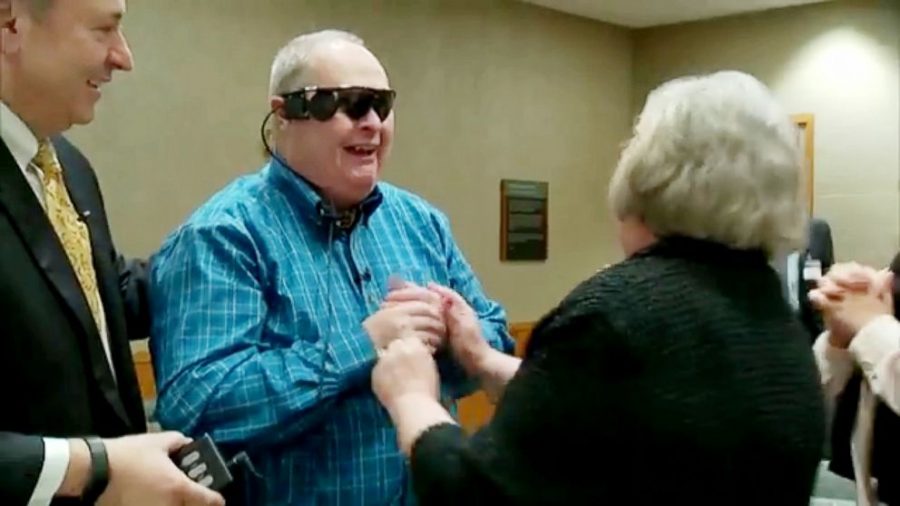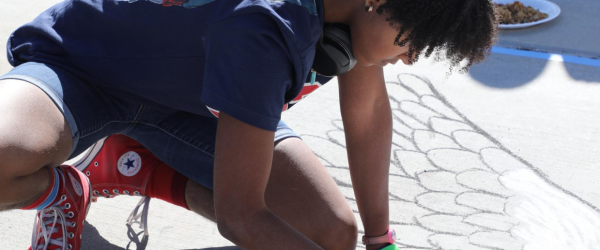How Prosthetics Change Lives
Photo courtesy of ABC news Allen Zderad upon seeing his wife, Carmen Zderad, for the first time in 10 years.
March 12, 2015
A great fear for many people is losing oneself. But losing a part of oneself can be even worse. For amputees, this nightmare is a reality, a reality where they must deal every day with the fact that they will no longer be able to do what they could. However, new advancements in prosthetics have revealed that amputees may soon be free of their pain.
Take, for instance, Allen Zderad. Zderad has retinitis pigmentosa, a degenerative, genetic eye disease that slowly stole his sight over the course of his life. It progressively deteriorates the part of the retina that turns light into vision. He now uses a cane to walk, and can no longer read. However, he recently became one of the 15 people in the country to receive a bionic eye. The device works by bypassing the damaged retina and sending signals directly to the optic nerve. Although the device is imperfect, and the image it produces is of very poor quality, Zderad was able to see his wife, Carmen’s, face for the first time in 10 years. With further physical therapy, he will be able to find his way around a room and move through a group of people, but for now, he can only see shapes and lights. Even so, he didn’t have any trouble recognizing Carmen, saying “It’s easy. She’s the most beautiful one in the room.”
Prosthetics have also helped people regain their physical range of motion. Prosthetic legs, for instance, are no longer clunky and uncomfortable, for both the wearer and viewers. Brian McDermott, a former West Chester University football player, was hit by a car and had his left leg amputated below the knee. He had it replaced with a prosthetic, and says that “people do look at my leg, but not with disgust, because it doesn’t look disgusting. There’s a sporty look to it.” Military men and women who have had to lose limbs in service to their country have also been able to lead better lives as a result of prosthetics.
First Lieutenant John O’Brien had to amputate below his left elbow and left knee after he was in a landing accident in 1993, when he was 28 years old. His first prosthetics were, as he put it, “archaic.” However, seventeen years later, after forming Prosthetic Innovations and creating cutting-edge prosthetics using 3-d printing, he now has several legs for different purposes, all of which are clean, compact, and lightweight.
Tales of prosthetics giving amputees back their abilities are becoming more and more commonplace. They’ve come a long way from a peg-leg, and each refinement in design makes stepping into the future that much easier.





















